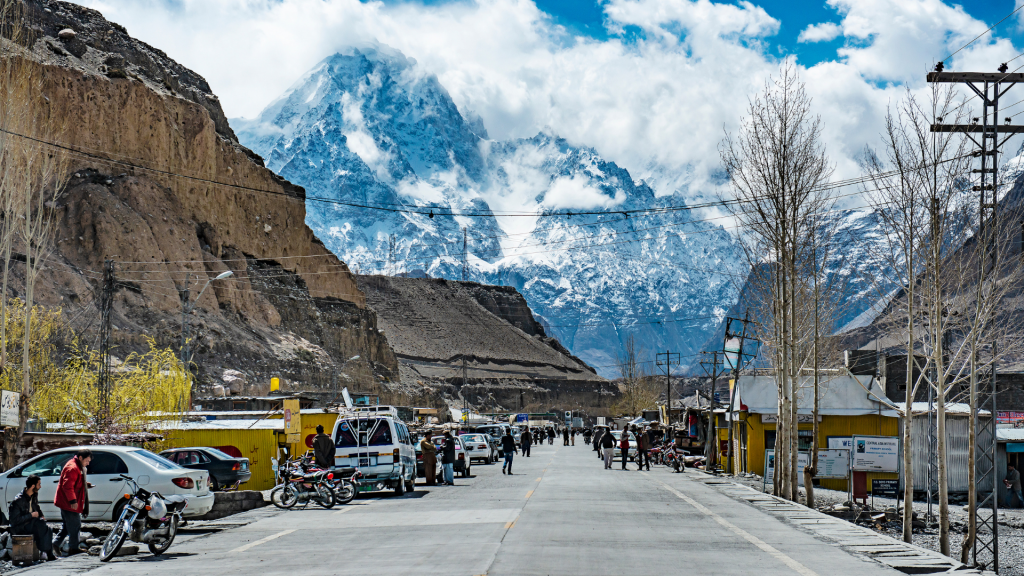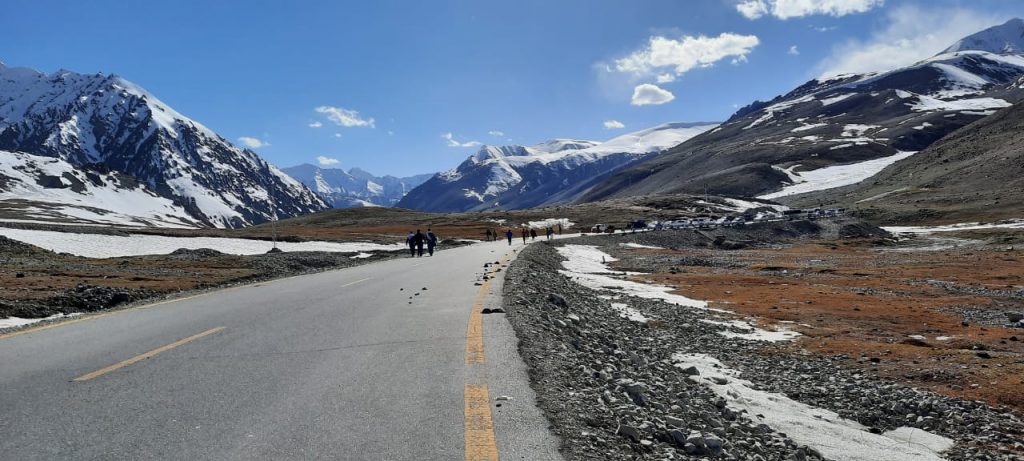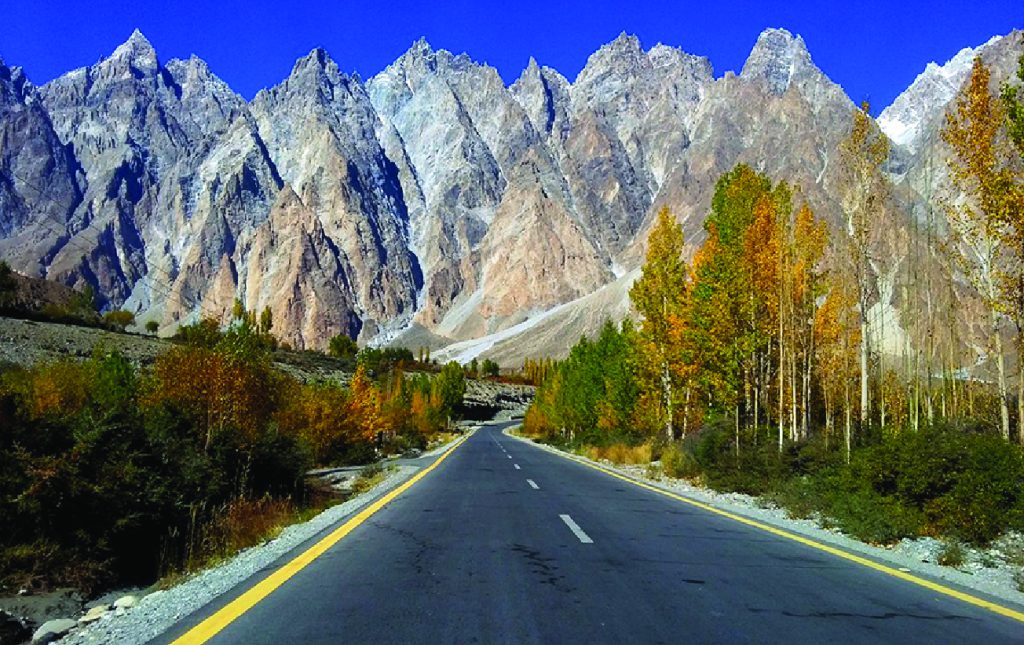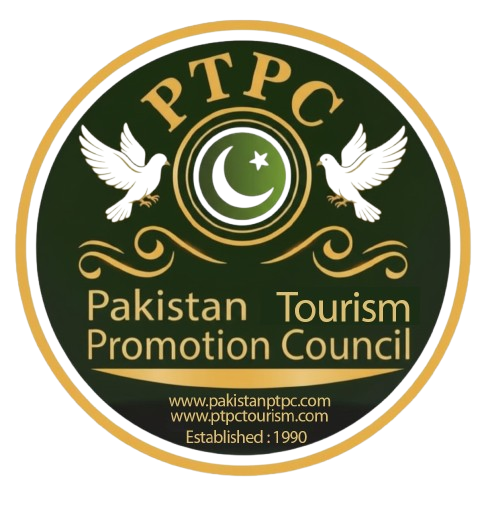Sost Bazaar
Introduction: The Gateway Market of Pakistan
Nestled in the heart of the majestic Hunza Valley, Sost Bazaar stands as one of the most unique and significant marketplaces in Pakistan. Located in Gilgit-Baltistan, this vibrant bazaar is not just a trading hub but also the last town on the Karakoram Highway before the Pakistan-China border at Khunjerab Pass.
Known for its multicultural environment, economic importance, and tourist appeal, Sost Bazaar is a destination that blends commerce with culture. For travelers driving along the Karakoram Highway, it serves as the last major stop before entering China. Whether you are a tourist, trader, or adventurer, visiting this bazaar offers a glimpse into the fascinating crossroads of South Asia and Central Asia.
For detailed guides, cultural insights, and travel tips to Pakistan’s iconic places like Sost Bazaar, visit Pakistan PTPC.
Historical Background of Sost Bazaar
The history of Sost Bazaar is deeply tied to trade and connectivity. It gained prominence after the construction of the Karakoram Highway (KKH), which connected Pakistan with Xinjiang, China.
Before the highway, trade in the region was limited to local exchanges, but with the opening of the KKH in the 1970s, Sost quickly grew into a bustling commercial hub. Today, it is the first Pakistani town where Chinese trucks arrive after crossing the Khunjerab Pass, and the last Pakistani town where goods are cleared before entering China.
Thus, Sost Bazaar has become a symbol of Pakistan-China friendship and economic cooperation.


Geographical Significance
Sost Bazaar is located approximately 90 km from Khunjerab Pass and around 200 km from Gilgit city. Positioned at an altitude of over 2,800 meters, it offers stunning views of snow-capped peaks, glaciers, and river valleys.
The bazaar’s geographical location gives it immense importance:
- It acts as the gateway to China.
- It serves as a customs and immigration point.
- It provides essential supplies and services for travelers on the Karakoram Highway.
This strategic placement has made Sost Bazaar not only an economic hub but also a lifeline for communities in the upper Hunza region.
The Economic Importance of Sost Bazaar
Economically, Sost Bazaar plays a vital role in Pakistan-China trade. Goods worth millions of dollars pass through this small town every year. The Sost Dry Port, established in collaboration with China, acts as a customs station where goods are checked, cleared, and stored.
Products commonly exchanged include:
- From China to Pakistan: Electronics, machinery, fabrics, household items, vehicles, and daily-use goods.
- From Pakistan to China: Marble, gems, fruits (especially cherries, apricots, and apples), handicrafts, and minerals.
This exchange not only supports local traders but also provides employment opportunities for residents of Hunza. With the advancement of the China-Pakistan Economic Corridor (CPEC), the significance of Sost Bazaar is expected to grow even further.
The Cultural Experience of Sost Bazaar
One of the most fascinating aspects of Sost Bazaar is its cultural diversity. Here, you’ll find traders and visitors from Hunza, Gilgit, Chilas, and other parts of Pakistan, alongside Chinese merchants. The blend of languages, attire, and customs creates a colorful, multicultural environment.
Walking through the bazaar, you’ll encounter:
- Traditional Hunza handicrafts like embroidered caps, handmade jewelry, and carpets.
- Local foods and snacks, including apricot-based products, yak meat, and Hunza bread.
- Imported Chinese goods ranging from clothes to electronics.
This unique mix of cultures makes shopping at Sost Bazaar an experience in itself—where tradition meets globalization.
Tourism and Sost Bazaar
For tourists traveling the Karakoram Highway, Sost Bazaar is an essential stop. It is the last major town before Khunjerab Pass and provides travelers with necessary services such as hotels, restaurants, fuel stations, and currency exchange.
Tourist attractions linked with Sost Bazaar include:
- Khunjerab Pass – The highest paved international border crossing.
- Passu Cones – Stunning natural peaks near Passu village.
- Attabad Lake – A turquoise lake formed in 2010, now a major attraction.
- Hunza Valley – Famous worldwide for its beauty and hospitality.
Many tourists enjoy exploring the bazaar, purchasing souvenirs, and experiencing the lively environment before heading to the high mountains.
Tourism at Khunjerab Pass
Sost Dry Port – The Trade Lifeline
The Sost Dry Port is the economic backbone of Sost Bazaar. Established to handle the growing trade between Pakistan and China, it serves as a customs checkpoint and storage facility.
Features of the dry port include:
- Customs clearance for goods entering and leaving Pakistan.
- Warehousing facilities for storage of products.
- Trade offices for merchants from both countries.
With the rise of CPEC, the dry port has gained even more importance, making Sost Bazaar a vital hub for international commerce.

Challenges Faced by Sost Bazaar
Despite its importance, Sost Bazaar faces several challenges:
- Seasonal Closure – Due to heavy snowfall, Khunjerab Pass remains closed from November to April, affecting trade and tourism.
- Infrastructure Needs – Limited facilities for traders and travelers require improvement.
- Altitude Challenges – The high elevation can be difficult for new visitors to adjust to.
Local authorities and government projects under CPEC are working to improve the facilities and boost the economic and tourist potential of Sost.
Best Time to Visit Sost Bazaar
The best time to visit Sost Bazaar is from May to October, when the Khunjerab Pass is open and weather conditions are favorable. During these months, tourists can enjoy pleasant temperatures, vibrant market activities, and the stunning natural scenery around Hunza.
Why Sost Bazaar is a Must-Visit Destination
What makes Sost Bazaar special is its combination of commerce, culture, and geography. It is more than just a trading post—it is a symbol of Pakistan’s connectivity with China and the world.
Visitors can shop for unique goods, enjoy local cuisine, and experience a multicultural environment while surrounded by breathtaking landscapes. Whether you are a trader, a tourist, or a history enthusiast, Sost Bazaar offers a journey into the heart of Gilgit-Baltistan’s economy and culture.
If you are planning to explore Sost Bazaar and other iconic destinations of Pakistan, start your journey with Pakistan PTPC, your trusted guide to tourism, culture, and adventure in Pakistan.
Conclusion
From a quiet mountain town to a bustling economic hub, Sost Bazaar has transformed into a place of global importance. As the last Pakistani town before China, it connects two countries, cultures, and economies.
Its vibrant market, historical importance, and stunning surroundings make it a must-visit for anyone traveling the Karakoram Highway. The future of Sost Bazaar looks even brighter with CPEC, as it continues to play a key role in trade, tourism, and cultural exchange.
So, whether you are planning a trade journey, a cultural exploration, or an adventurous road trip to Khunjerab, don’t forget to stop by Sost Bazaar—a true jewel of Hunza Valley.
For detailed travel guides and cultural insights, explore Pakistan PTPC, your one-stop destination for Pakistan’s tourism and heritage.
